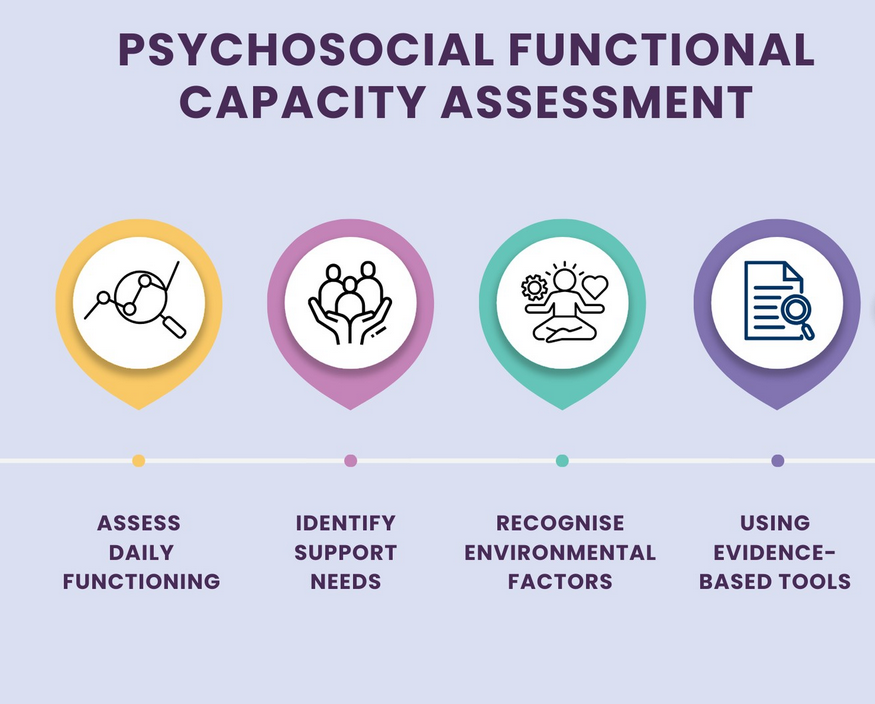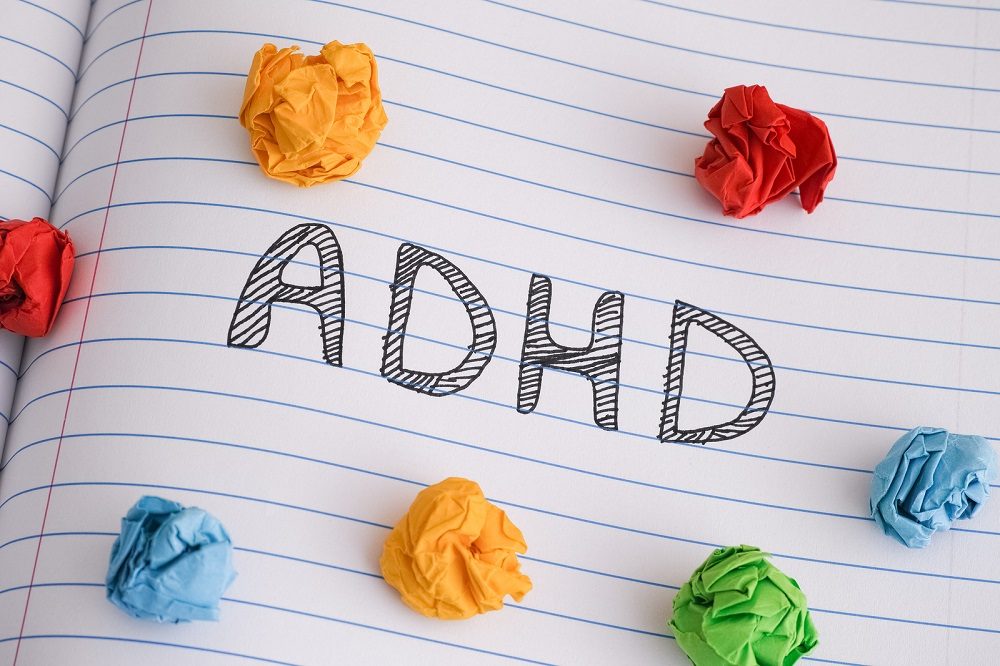
The Importance of Quality Assessments for ADHD and Autism
In today’s world, awareness and understanding of neurodevelopmental conditions like Attention-Deficit/Hyperactivity Disorder (ADHD) and Autism Spectrum Disorder (ASD) have grown immensely. More people than ever are seeking answers for themselves or their loved ones, hoping to understand behaviours, challenges, and differences that have often been misunderstood or overlooked. But as demand for diagnoses increases, so does the risk that assessments may become rushed, superficial, or incomplete. The truth is, the quality of an assessment for ADHD or autism can shape the entire course of a person’s life.
Let’s explore why quality assessments matter so much, what sets them apart, and how they can make a profound difference for individuals, families, and communities.
Understanding ADHD and Autism: Why Assessment Matters
ADHD and autism are complex, lifelong conditions that affect how people think, learn, interact, and experience the world. While both are more widely recognised today, they remain deeply misunderstood in many circles. The symptoms of ADHD—such as inattention, impulsivity, and hyperactivity—can be mistaken for laziness, defiance, or even anxiety. Autism, with its hallmark differences in communication, social interaction, and behaviour, is often misinterpreted as shyness, rudeness, or emotional withdrawal.
A quality assessment is the bridge between misunderstanding and clarity. It’s not just about giving a label; it’s about uncovering the unique ways a person’s brain works, identifying their strengths and challenges, and opening the door to support, acceptance, and growth.
The Risks of Poor or Incomplete Assessments
The stakes are high. An inaccurate or incomplete assessment can have far-reaching consequences:
- Misdiagnosis: Mistaking ADHD for anxiety, autism for a behavioural disorder, or vice versa can lead to inappropriate interventions, wasted time, and increased frustration for everyone involved.
- Overdiagnosis or Underdiagnosis: Some individuals, particularly girls, women, and culturally diverse populations, are at risk of being overlooked because their symptoms don’t fit the stereotypical picture. Others may be diagnosed too quickly, without thorough investigation, leading to unnecessary stigma or interventions.
- Missed Opportunities: Without a clear, accurate diagnosis, individuals may miss out on vital supports—educational accommodations, therapies, funding, and community resources—that could transform their lives.
What Makes an Assessment “Quality”?
A quality assessment is a careful, multi-step process. It’s not a quick questionnaire or a five-minute conversation. Instead, it involves:
1. A Comprehensive Developmental History
Understanding when symptoms began, how they’ve evolved, and how they affect daily life is crucial. This often involves talking to parents, caregivers, teachers, and sometimes the individual themselves. For adults, it may mean reflecting on childhood experiences and gathering information from family members.
2. Multiple Perspectives
Symptoms of ADHD and autism can look different at home, at school, at work, or in social settings. A quality assessment gathers information from all relevant environments, ensuring a full picture of the individual’s strengths and challenges.
3. Standardised Tools and Observations
Professionals use evidence-based assessment tools—structured interviews, rating scales, and direct observations—to gather objective data. These tools are designed to distinguish ADHD or autism from other conditions and to identify co-occurring challenges.
4. Rule-Outs and Differential Diagnosis
Many conditions can mimic or overlap with ADHD and autism, including anxiety, depression, trauma, learning disabilities, and medical issues. A quality assessment carefully considers these possibilities and ensures that the diagnosis fits the individual’s unique profile.
5. A Collaborative, Respectful Approach
The best assessments are collaborative. They value the individual’s voice, respect their experiences, and involve families or support networks in the process. They are sensitive to cultural, linguistic, and gender differences that may influence how symptoms are expressed or understood.
The Role of the Assessor
Who conducts the assessment matters just as much as how it’s done. Ideally, assessments are carried out by professionals with specialised training in neurodevelopmental conditions—psychologists, psychiatrists, paediatricians, or multidisciplinary teams. These experts follow best-practice guidelines, stay up-to-date with the latest research, and approach each case with curiosity and compassion.
A quality assessor doesn’t just “check boxes.” They listen deeply, ask thoughtful questions, and look for patterns over time and across settings. They recognise that every person is unique, and they tailor their approach accordingly.
The Benefits of a Quality Assessment
The impact of a high-quality assessment goes far beyond the diagnosis itself. Here’s how it can change lives:
1. Accurate Diagnosis and Understanding
A thorough assessment provides clarity. It helps individuals and families understand what’s really going on, replacing confusion or guilt with knowledge and self-acceptance. For many, receiving a clear diagnosis is a relief—it validates their experiences and explains challenges that may have been present for years.
2. Access to Support and Services
In many countries, including Australia, a formal diagnosis is often required to access critical supports. This might include:
- Educational accommodations: Individualised learning plans, extra time on tests, or classroom supports.
- Therapies: Speech therapy, occupational therapy, behavioural interventions, or social skills groups.
- Funding and resources: Access to government programs like the NDIS, community services, or specialised equipment.
A quality assessment provides the detailed documentation needed to unlock these resources, ensuring that individuals receive the help they need as early as possible.
3. Personalised Intervention Plans
No two people with ADHD or autism are exactly alike. A quality assessment identifies each person’s unique strengths, challenges, and needs, allowing for tailored intervention plans. This might include:
- Strategies for managing attention, organisation, or sensory sensitivities.
- Support for social communication or emotional regulation.
- Building on strengths and special interests to enhance learning and well-being.
4. Empowerment and Advocacy
Knowledge is power. A clear, comprehensive assessment empowers individuals and families to advocate for themselves—at school, at work, and in the community. It helps them communicate their needs, set realistic goals, and make informed decisions about treatment and support.
5. Early Intervention and Better Outcomes
The earlier a person receives the right support, the better their long-term outcomes. Early diagnosis opens the door to interventions that can dramatically improve academic, social, and occupational functioning. It can also reduce the risk of secondary challenges like anxiety, depression, or low self-esteem.
Beyond the Individual: The Broader Impact of Quality Assessments
Quality assessments don’t just benefit individuals and families—they have ripple effects throughout society.
Informed Policy and Practice
When assessments are thorough and evidence-based, they provide reliable data that can inform policy, funding decisions, and service delivery. This helps ensure that resources are allocated where they’re needed most, and that support systems are effective and responsive.
Reducing Stigma and Misunderstanding
Quality assessments challenge stereotypes and myths about ADHD and autism. They promote a more nuanced, compassionate understanding of neurodiversity, helping to reduce stigma and foster inclusion in schools, workplaces, and communities.
Supporting Research and Innovation
High-quality assessment data contributes to research, helping scientists and clinicians develop better tools, interventions, and supports for people with ADHD and autism. This drives innovation and continuous improvement in care.
The Emotional Journey: Navigating Assessment with Compassion
Seeking an assessment for ADHD or autism can be an emotional journey. There may be anxiety, hope, fear, or even grief along the way. It’s important to remember that a diagnosis is not a verdict—it’s a tool for understanding and support.
Families and individuals may worry about stigma or what the future holds. But a quality assessment, delivered with empathy and respect, can be a profoundly positive experience. It can bring relief, validation, and a sense of direction. It can help people see themselves—and their loved ones—with new eyes.
Conclusion: Building a Foundation for Success
In the end, a quality assessment for ADHD or autism is not just a formality—it’s a foundation. It’s the first step in a lifelong journey of understanding, support, and growth. It opens the door to resources, strategies, and communities that can make all the difference.
Whether you are a parent, educator, health professional, or someone seeking answers for yourself, insist on a thorough, professional assessment. Ask questions, seek out experts, and advocate for best practice. The investment of time and care at this stage can change the trajectory of a life.
Remember: every person with ADHD or autism deserves to be seen, understood, and supported for who they are. Quality assessments are the key to making that vision a reality.
If you’re considering an assessment, or simply want to learn more, reach out to professionals in your area and ask about their approach. The journey may be challenging, but with the right support, it can also be empowering and transformative—for individuals, families, and the broader community.






